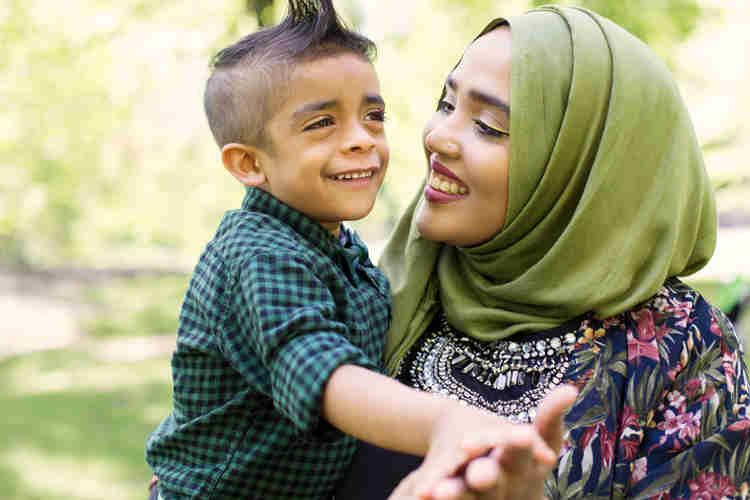

Empowering Minds: Nurturing Equity Through Diverse Literature for Young Readers
Diverse and representative literature in the early years of a child’s education is critical as it plays a foundational role in shaping their perceptions, values, and understanding of the world. Two influential educators and scholars, bell hooks and Rudine Sims Bishop, have made significant contributions to the discussion of the importance of diversity and representation in literature for young readers.
Author and educator, bell hooks, emphasizes that diverse literature allows children to see themselves in stories and also encounter experiences and perspectives different from their own. This exposure helps in the development of empathy and understanding. When young readers encounter characters from various backgrounds, they can relate to their struggles and joys, fostering a sense of connection with people from diverse backgrounds. How can we make this happen within the classrooms and our homes?
Mirrors and Windows:
Rudine Sims Bishop, a prominent scholar in the field of children’s literature, introduced the concept of books serving as both mirrors and windows. Mirrors reflect a child’s own culture and identity, validating their experiences and helping build self-esteem. Windows, on the other hand, provide insights into worlds and lives different from their own, expanding their horizons and promoting cultural awareness. During the first week of school, I like to begin with stories that serve both mirrors and windows. Examining my classroom and their diverse backgrounds is crucial, as I am just beginning to connect with my students and their families, I have yet to build that understanding of their identities. So I begin with stories that discuss empathy and community, with diverse leading characters.




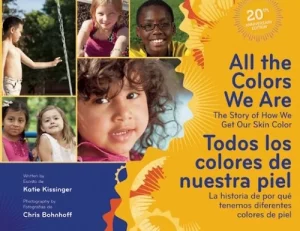



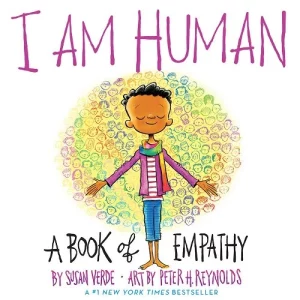

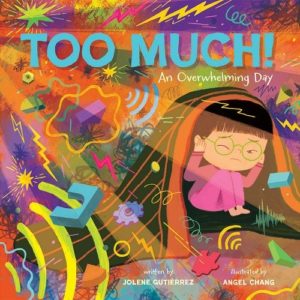



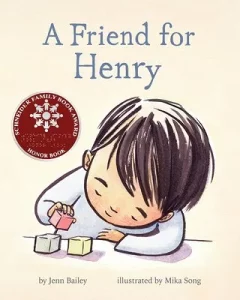



Picture books aren’t just for the elementary level. Reading picture books to older students is beneficial because it engages them with compelling stories, complex themes, and thought-provoking illustrations. These books provide opportunities for critical thinking, discussions on important issues, and building visual literacy skills. Additionally, they can instill a love of reading, foster empathy, and make literature more accessible and inclusive for all students, regardless of age. Before beginning a discussion on a certain topic, find a picture book that relates to that theme and read it to the class. Pause in between pages and ask questions, wonderings, and connections to the real world. Picture books hold the power to captivate and educate, making them a valuable resource for learners of all ages.
When reading picture books, ask readers questions to support their critical thinking. Here are some questions you can ask to spark meaningful conversations with older students:
- What is identity, and how do you define your own identity?
- How do the characters in the book perceive their own identities, and how do others perceive them?
- Can you identify any similarities or differences between the characters in the book and yourself or people you know?
- How do the characters in the book handle situations where their identities or differences are challenged or misunderstood?
- Are there any stereotypes or biases present in the book? How do they affect the characters’ experiences?
- Can you identify any moments in the book where the characters learn to appreciate and celebrate their differences?
- How do the characters’ cultural backgrounds or experiences shape their identities and perspectives?
- What role does empathy play in understanding and respecting the identities and differences of others in the book?
- Have you ever encountered a situation in your own life where someone’s identity or differences were misunderstood or marginalized? How did it make you feel, and how did you handle it?
- How can we use the lessons from the book to promote inclusivity, diversity, and acceptance in our own lives and communities?
- Are there any specific quotes or passages from the book that resonate with you regarding identity and differences?
- How do you think the themes of identity and differences relate to larger societal issues or current events?
These questions can serve as a starting point for discussions about identity and differences when reading books with students. Encourage them to share their thoughts and experiences, and create an inclusive environment where they feel comfortable expressing their perspectives.
When reading books on identity and differences with young students, it’s essential to ask questions that are age-appropriate and encourage thoughtful reflection. Here are some questions suitable for young students:
- What do you think the word “identity” means? Can you describe your identity, like your name, age, and things you like to do?
- Who are the main characters in the story, and what makes them unique?
- How are the characters in the book similar to you or different from you?
- Did you notice any characters in the story who look or act differently from each other? How did they get along?
- How do the characters in the book show kindness or friendship to one another?
- Have you ever felt left out or treated differently because of something about yourself, like the way you look or where you come from?
- Can you share a time when you made a new friend or learned something new about someone different from you?
- What do you think it means to be a good friend to someone who is different from you?
- How can we make sure everyone feels included and happy, no matter how they are different?
- What did you learn from the story about accepting and celebrating our differences?
These questions are designed to help young students engage with the themes of identity and differences in a way that is relatable and meaningful to them. Encourage them to share their thoughts and feelings and provide a supportive environment for discussion.






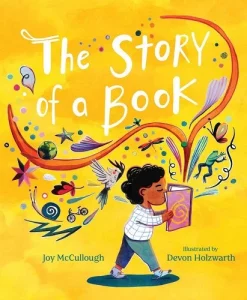



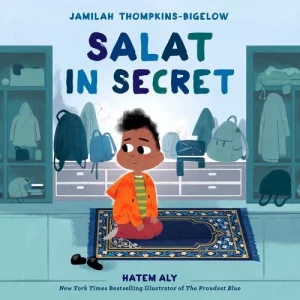





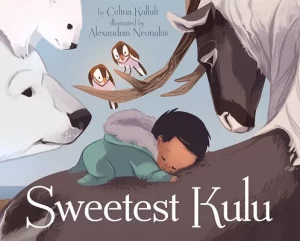

Challenging Stereotypes:
Diverse literature challenges and dispels stereotypes that can be harmful and limiting. It offers nuanced portrayals of characters from underrepresented groups, showcasing their individuality and complexity rather than relying on one-dimensional tropes.
Introduce characters from varying backgrounds through an empowering depiction. Avoid introducing oppression and pain when exposing young readers to new experiences, begin with normalization of their identities and stories. This doesn’t mean avoid speaking about the challenges and barriers they face, but rather take time to highlight successes and joy instead of solely focusing on pain and oppression.
Ask yourself, do you only discuss Indigenous Peoples on Orange Shirt Day or Indigenous History Month? Or do you discuss people like Dr. Nadine Caron, Autumn Peltier, and Julian Taylor, their successes and lives throughout the year as well? What do your students think of when you say, “Black History Month” or “Black people”? Do they think of enslavement and police violence or do they also think of Elijah McCoy, Rosemary Brown, Willie O’Ree, and Jackie Shane?










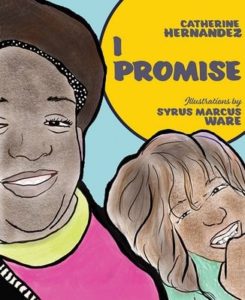


















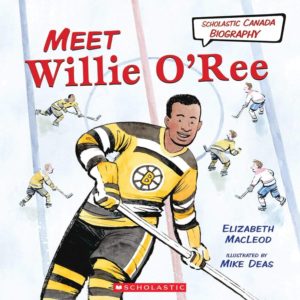



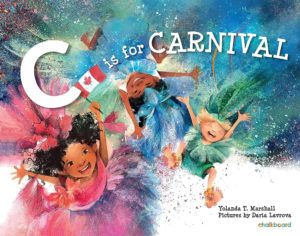

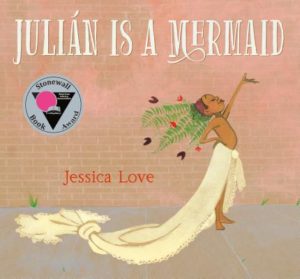

Cultural Relevance:
Reading books that reflect their own cultural backgrounds and experiences can validate and empower children. It helps them feel seen and heard, and it reinforces the value of their culture. This can support the students as you co-create classroom norms together, taking into account cultural backgrounds and ways of being.






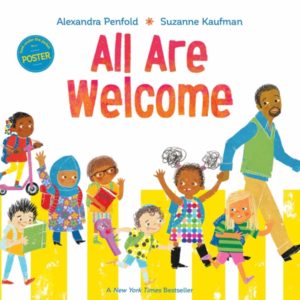







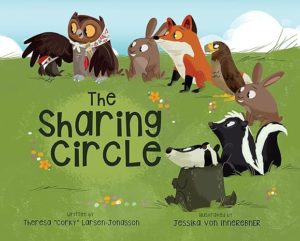

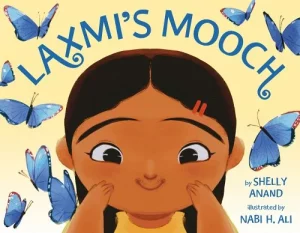



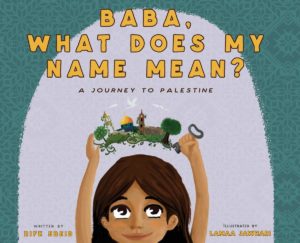

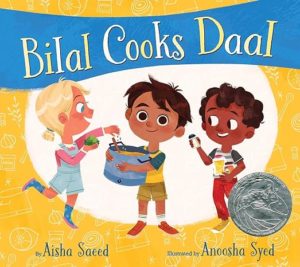

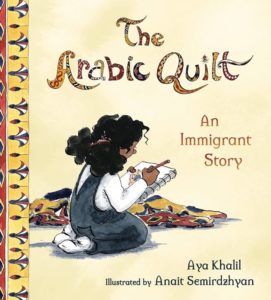



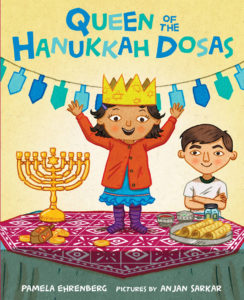

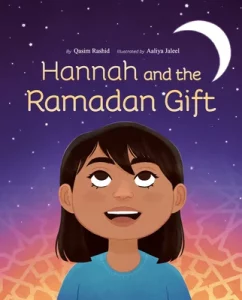

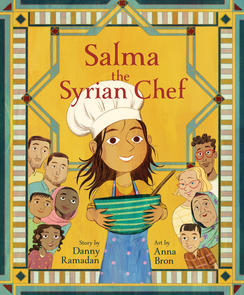

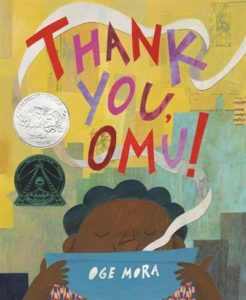

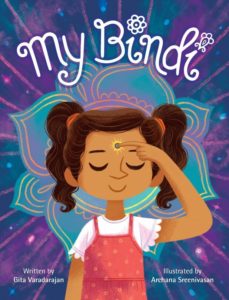

Promoting Social Justice and Cognitive Development:
Both hooks and Bishop argue that literature can be a powerful tool for social justice. It can help children recognize and challenge issues related to bias, discrimination, and inequality from an early age, fostering a sense of social responsibility. Exposure to diverse literature also enhances cognitive development by introducing new vocabulary, ideas, and concepts. It promotes critical thinking and encourages children to ask questions about the world around them.
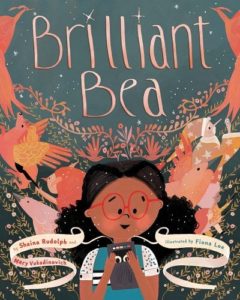

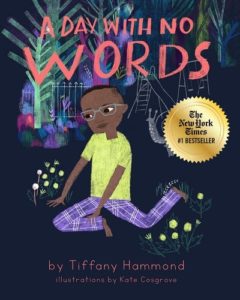







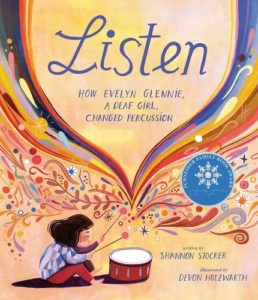

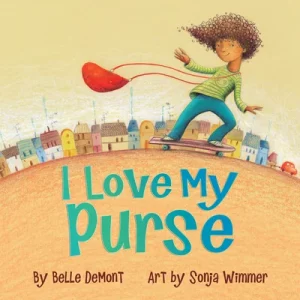



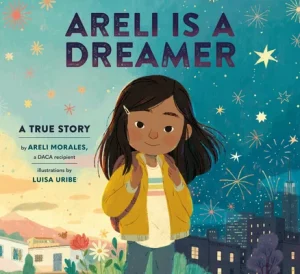

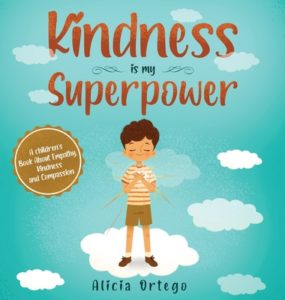










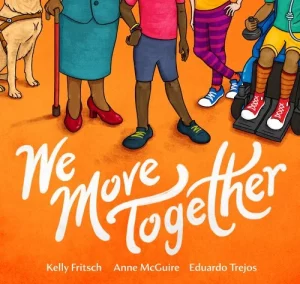

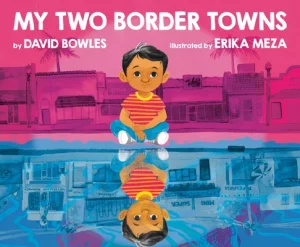

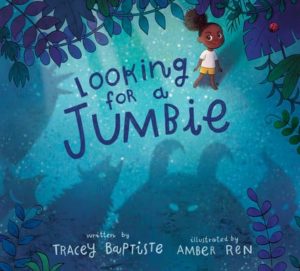

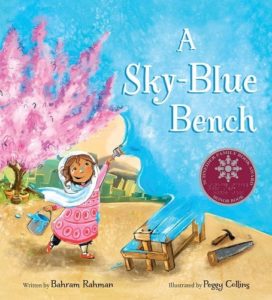

Continue the Conversation:
In an increasingly globalized and diverse world, exposure to diverse literature prepares children to engage with people from different backgrounds, fostering inclusivity and respect for differences. Continue conversations that may seem too big to tackle using picture books, pointing out similarities and differences that unite us. Create an environment where children feel that they can ask questions, engage in conversations with their peers, and seek answers in literature and lived experiences. At Parents for Diversity, we offer workshops for educators, parents, and community members to critically engage in conversations on racism and oppression. We discuss barriers our children face and how we can support one another in breaking down those barriers. Sign up for our mailing list here.
Below are resources for your continued learning:

